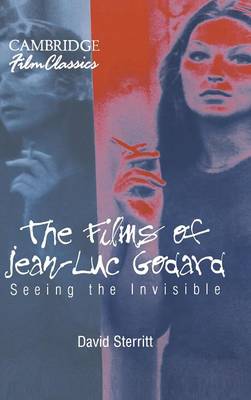Cambridge Film Classics
2 total works
The introduction gives an overview of Hitchcock's long career, with special attention to the varied influences on his work; themes that run through many of his films, from the 'transference of guilt', to the connection between knowledge and danger; the overlooked importance of his presence within his films, including his famous cameo appearances and characters who represent him within the story; his fascination with performance and the ambiguities of illusion and reality; the question of viewing him and his work through the auteur theory; and other issues. Also discussed is the relationship between Hitchcock as a serious, even tormented artist and Hitchcock as a magician with a weakness for cinematic practical jokes. Six chapters then provide in-depth examinations of key films: Blackmail, his first talkie; Shadow of a Doubt, one of his personal favourites; The Wrong Man, which questions the nature of guilt and innocence; Vertigo, arguably his most profound work; Psycho, his most savage look at the nature of evil; and The Birds, his last masterpiece and one of his most widely misunderstood works.
The Films of Jean-Luc Godard examines the work of one of the most versatile and influential filmmakers in the history of cinema. With a career ranging from France's New Wave movement in the early 1960s to a period of political experimentation in the late 1960s and 70s, and, currently, a contemplative period in which Godard has explored issues of spirituality, sexuality, and the aesthetics of sound, image, and montage, the filmmaker's work defies easy categorization. In this study, David Sterritt offers an introductory overview of Godard's work as a filmmaker, critic, and video artist. In subsequent chapters, he traces Godard's visionary ideas through six of his key films, including Breathless, My Life to Live, Weekend, Numéro deux, Hail Mary, and Nouvelle Vague formats. Linking Godard's works to key social and cultural developments, The Films of Jean-Luc Godard explains their importance in modernist and postmodernist art of the last half century.

